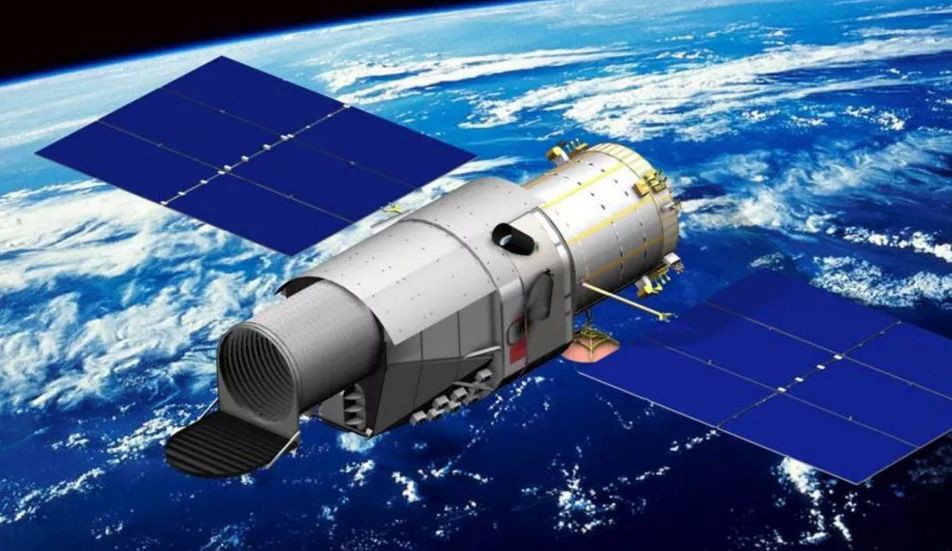China has its eyes, along with the rest of the world, on other planets and places outside our solar system. The country’s Chinese Space Station Telescope, intended to launch in 2024, is a space telescope in the vein of the famous Hubble but with a few significant differences.
The Chinese Space Station Telescope (CSST) is a little cumbersome, at least as far as a name goes, but the device is known by another title — Xuntian, or Heavenly Cruiser. Here’s what the pending eye in the sky entails:
Xuntian rituals
Xuntian will, when it launches, be fitted with a two-metre mirror — roughly the same size as the famous Hubble telescope’s. Unlike the Hubble, though, China’s telescope will be flying in tandem with a planned space station. It’ll also have a wider field of view than Hubble, with The Cosmic Companion reporting that it’ll see 300 times as much sky as the ageing American hardware. Even weirder, the CSST will be able to dock with the station for repairs, upgrades and refuelling.
China’s space telescope will include a 2.5 billion pixel camera and it’ll be designed to capture and study about 40% of the skies in the span of about ten years. It’ll be hunting the stars in both visible and infra-red spectrums, looking for more information about dark matter and dark energy. It’ll also keep watch for trans-Neptunian objects, as well as near-Earth asteroids (which could potentially be disastrous).
The Chinese Space Station Telescope will be accompanied by the country’s pending space station. The core module, known as Tianhe (or Harmony of the Heavens), is set for launch some time this year. The completed station will be about the same size as the Mir space station and will support up to three astronauts for six months at a time.
Source: The Cosmic Companion
Header image: CCTV




